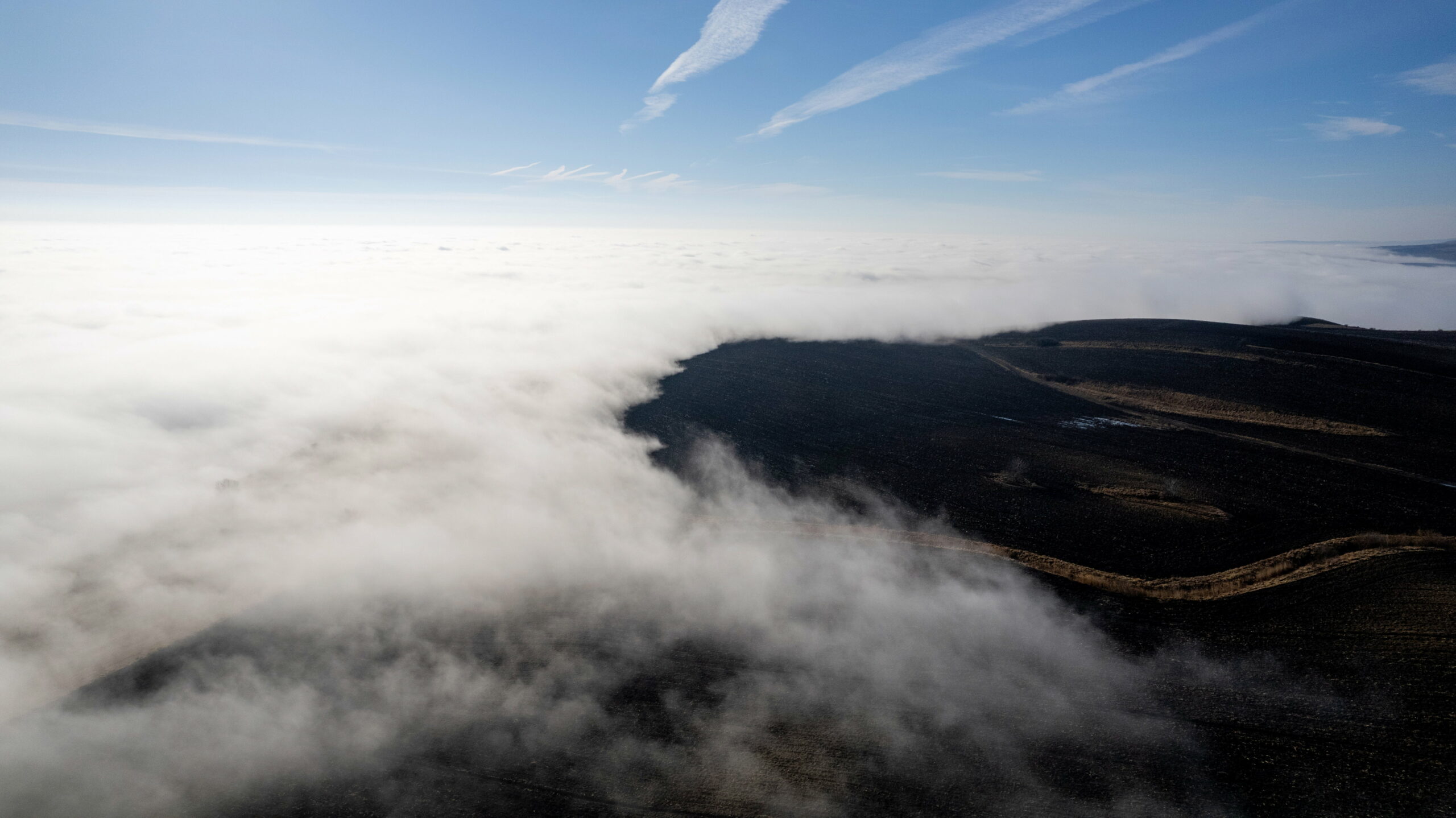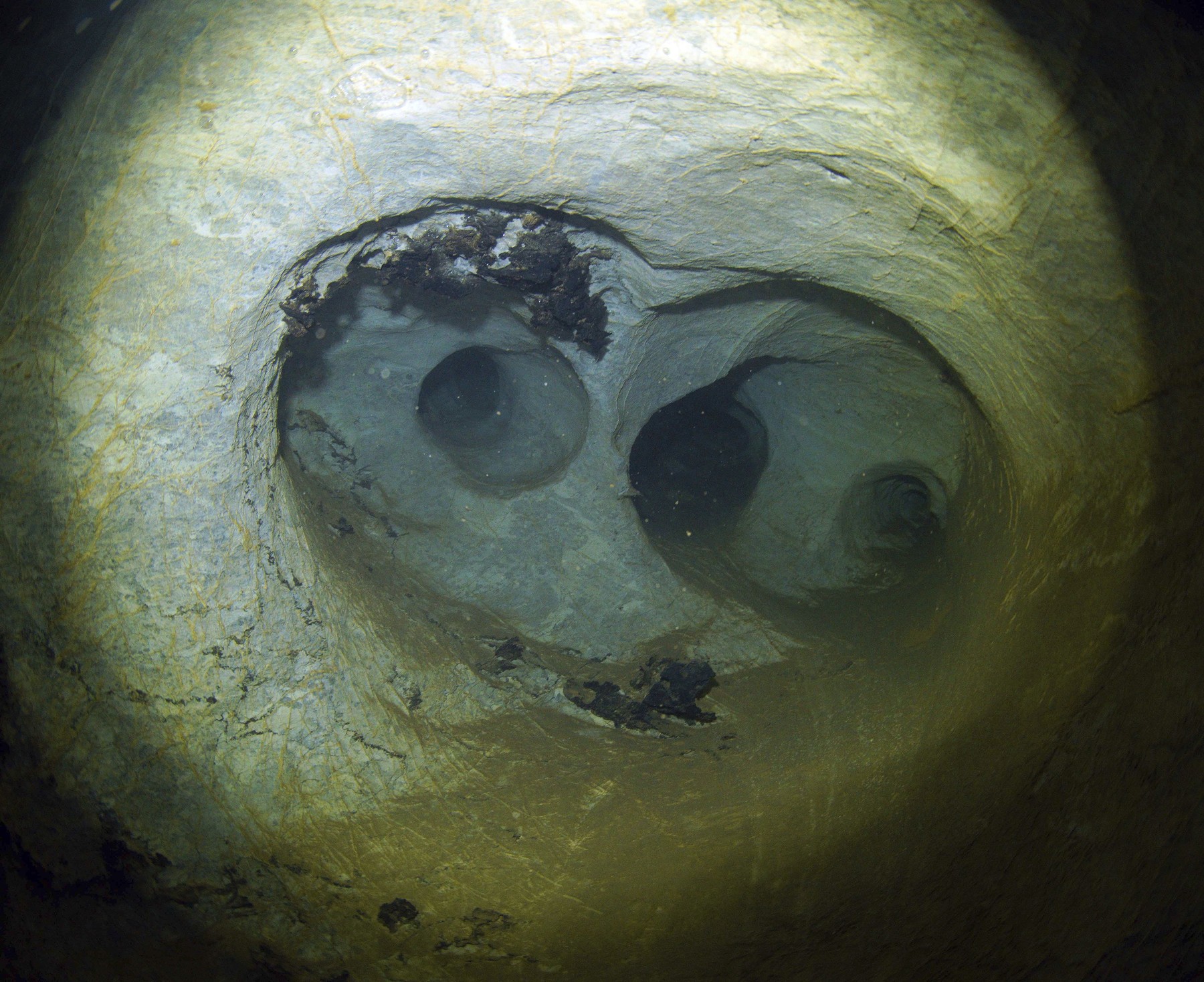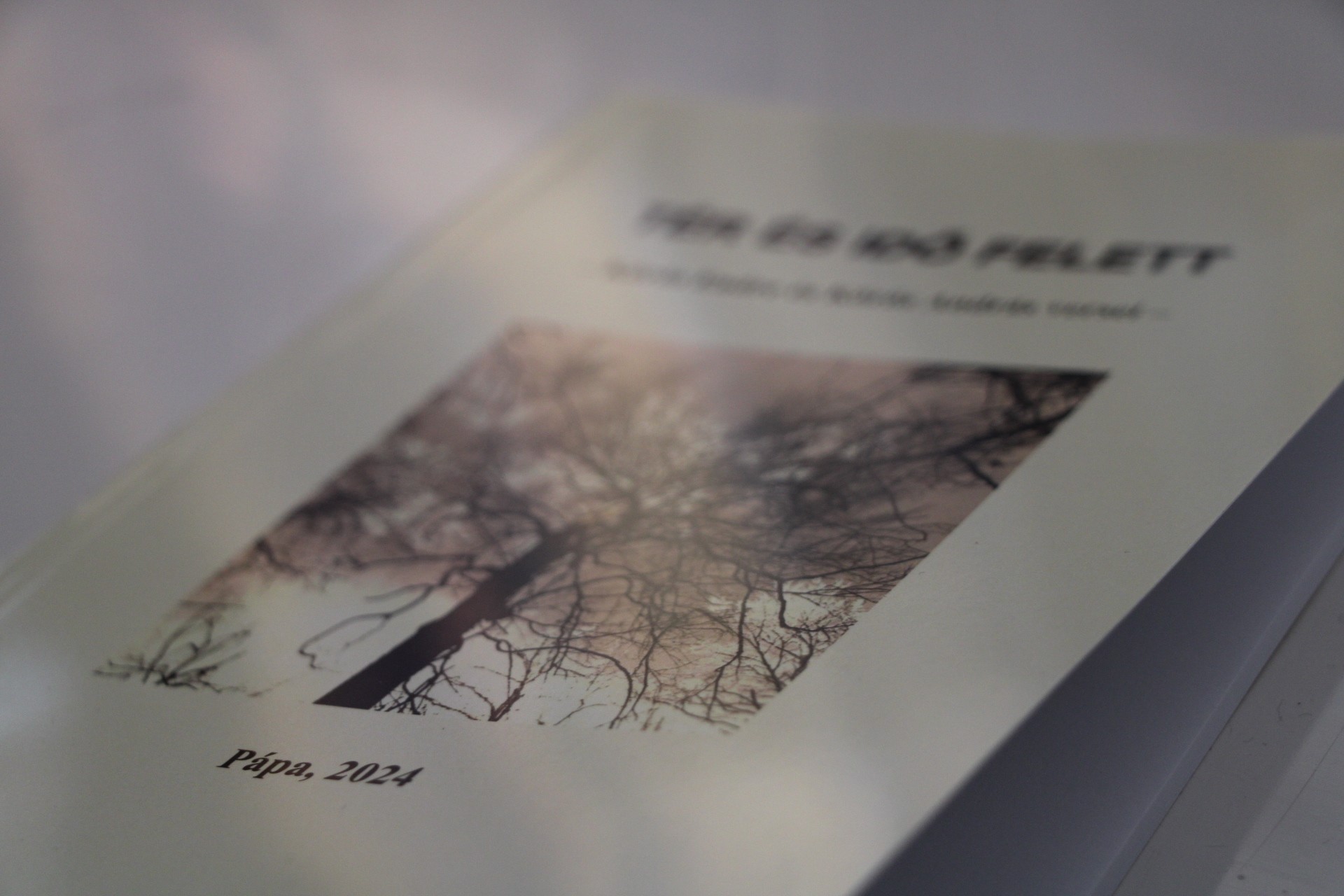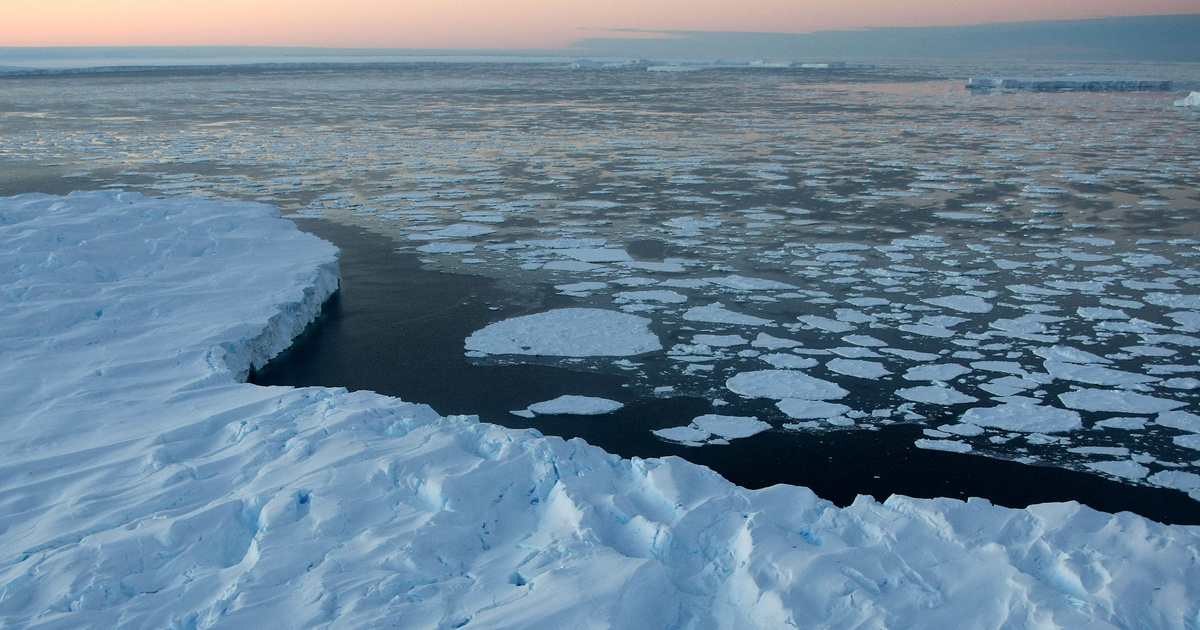The underground habitat lies beneath Larsen Self-Ice, a floating ice island connected to the east coast of Antarctica. The attention of scientists was drawn to an unusual furrow near the mainland seen in satellite images, which at first glance looked like an underground river, live sciences. The researchers dug about 500 meters below the surface of the ice using a powerful warm water hose to access the underground tunnel. After they also managed to lower a camera into the cave, they were shocked to see hundreds of misty little specks in the water. It was initially thought that this was a hardware malfunction, but it would be good if the expensive camera was not thrown away because there was nothing wrong with it: the small, bipedal crustacean was moving.
It was shocking because no one expected life under the icy surface, in the depths.
And as Craig Stevens, an oceanographer at the Auckland Institute of Water and Atmospheric Research (NIWA), said, if these animals are swimming around the camera, it may have to do with the coexistence of different groups of animals and plants.
close up secret
Experts have long suspected the existence of an extensive network of rivers, lakes and estuaries under Antarctica, but they did not know that organisms also live in the icy environment. Scientists have likened the discovery to being the first to enter a hidden world. Research leader Hugh Horgan, a glacier researcher at Victoria University of Wellington, first observed the subsurface formation in 2020 by looking at a satellite image of the area. It was like a long depression under the ice, like an underground river.
After lowering the camera into the river, the research team was surprised that the top of the cave was not as smooth as expected, but rather uneven and undulating. It looked like a loaf of bread, Stevens said, with a bulge at the top and a narrow slope at the bottom.
The researchers also discovered that groundwater divides into four distinct layers of water in opposite directions. An explanation for this has not yet been found, so they continue to study the ecosystem and hope to obtain more data on how nutrients in the water circulate through Antarctic underground water systems.
Unfortunately, no matter how closed this area is, climate change won’t spare it, rapid warming waters and surface temperatures may alter wildlife in the areas now being discovered, so researchers need to act quickly to understand the background of the newly discovered phenomena.
(Cover Photo: Torsten Blackwood/Paul/Getty Images)










































